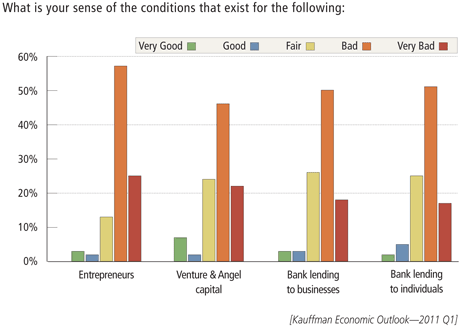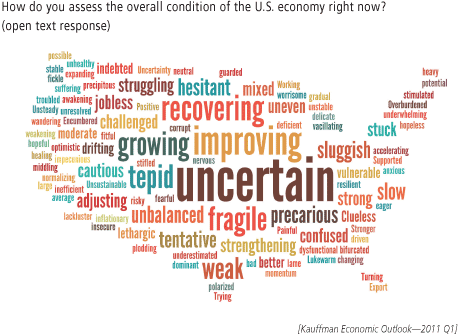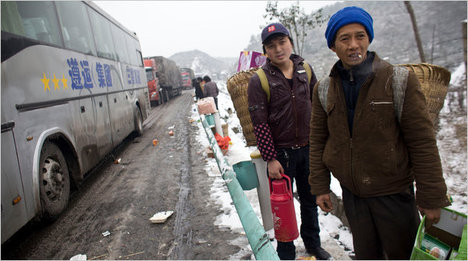Romer’s idea of setting up a Charter City sounds like a more advanced version of a free trade zone. It might work if you could find a well-governed nation to serve as guarantor of the city’s charter. That’s a big “if.”
Still, it’s a more intriguing idea for advancing economic development than most of the default policies (like sending foreign aid to be stolen by corrupt dictators).
(p. A2) For the past couple of years, economist Paul Romer has been hopscotching the globe looking for a country desperate enough to try his audacious notion: Start a new “charter city,” an enclave free of old laws and practices, as William Penn did in Pennsylvania. (Think “charter school,” a school free of union contracts and school bureaucracy.)
. . .
About a decade ago, he walked away from academia, started an online teaching company, sold it and then turned to his next big idea: To create jobs to lift millions out of poverty, take an uninhabited 1,000 square-kilometer tract (386 square miles), about the size of Hong Kong, preferably government-owned. Write a charter: the all-important rules. Allow anyone to move in or out. Invite foreign investors to build infrastructure for profit. And sign a treaty with a well-governed country, say Norway or Canada, to serve as “guarantor” to assure investors and residents that the charter will be respected, much as the British once did for Hong Kong, and–. . . .
For the full story, see:
DAVID WESSEL. “CAPITAL; The Quest for a ‘Charter City’.” The Wall Street Journal (Thurs., FEBRUARY 3, 2011): A2.
(Note: ellipses added.)






